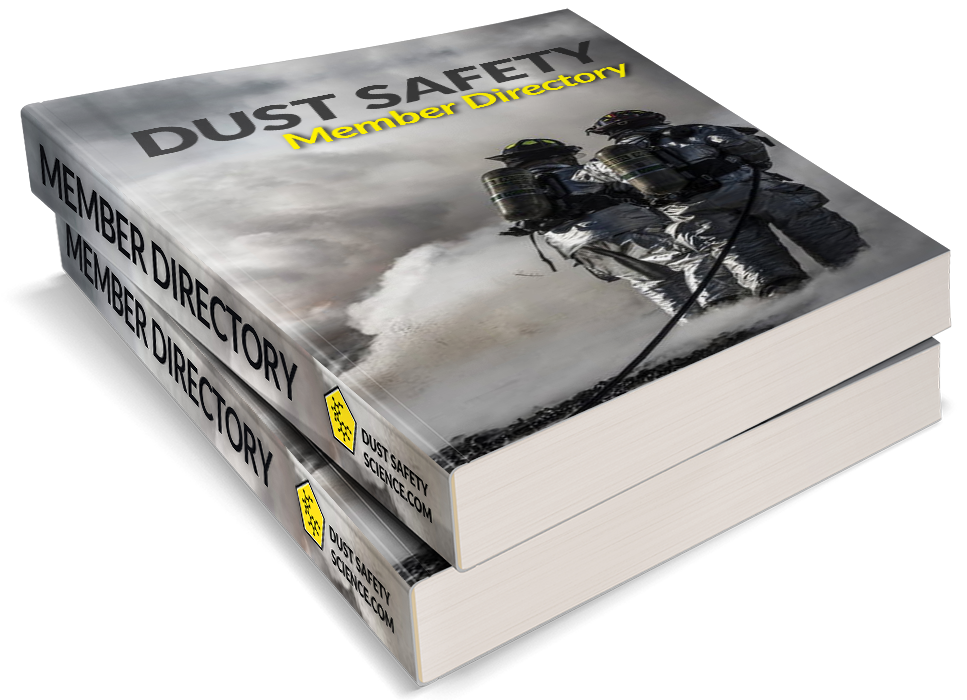In this episode, we review the 2020 Dust Safety Week, an annual event hosted by Canadian Biomass and Canadian Forest Industries.
Podcast
DSS089: The Role of Insurance Companies in Global Combustible Dust Safety with Kumar Rajasegaram
In this episode, we talk to Kumar Rajasegaram, fire safety risk analytics consultant, about the role of insurance companies in combustible dust safety.
DSS088: Dust Explosion Loss History in Sweden 2011 – 2017 with Ken Nessvi
In this episode, we talk to Ken Nessvi, senior consultant with BSL Industries, about dust explosion loss history in Sweden between 2011 and 2017.
DSS087: Practical Considerations for Installing Explosion Protection Systems with Ric Smith
In this episode, EHS manager Ric Smith shares practical considerations for installing explosion protection systems in facilities.
DSS086: Lessons Learned from a Corn Milling Explosion with Ric Smith
In this episode of the DustSafetyScience podcast, EHS manager Ric Smith discusses lessons learned from a corn milling explosion.
DSS085: Preventing Dryer Fires and Explosions Using Superheated Steam with Prem Verma
In this episode of the podcast, Prem Verma, managing director at Swedish Exergy, explains how superheated steam can prevent dryer fires and explosions.
DSS084: Are Explosion Isolation Flap Valves Safe? Recent Test Results from Fike with Jim Vingerhoets
In this episode, Jim Vingerhoets, Global Product Manager at Fike Corporation, answers the question of whether explosion flap valves are safe.
DSS083: Dust Explosion Hazards in Textile Industries
In this episode of the DustSafetyScience podcast, we discuss case studies involving dust explosion hazards in textile industries.
DSS082: Combustible Dust Safety in Brazil and 2020 Conference Review with Monica Remonato
In this episode, Monica Remonato from Remonato Fire Protection Engineering shares her journey in fire protection engineering in Brazil.
DSS081: What is Reduced Explosion Pressure (Pred) with Burke Desautels
In this episode, Burke Desautels from IEP Technologies defines reduced explosion pressure (pred) and how it affects your explosion protection system design.
